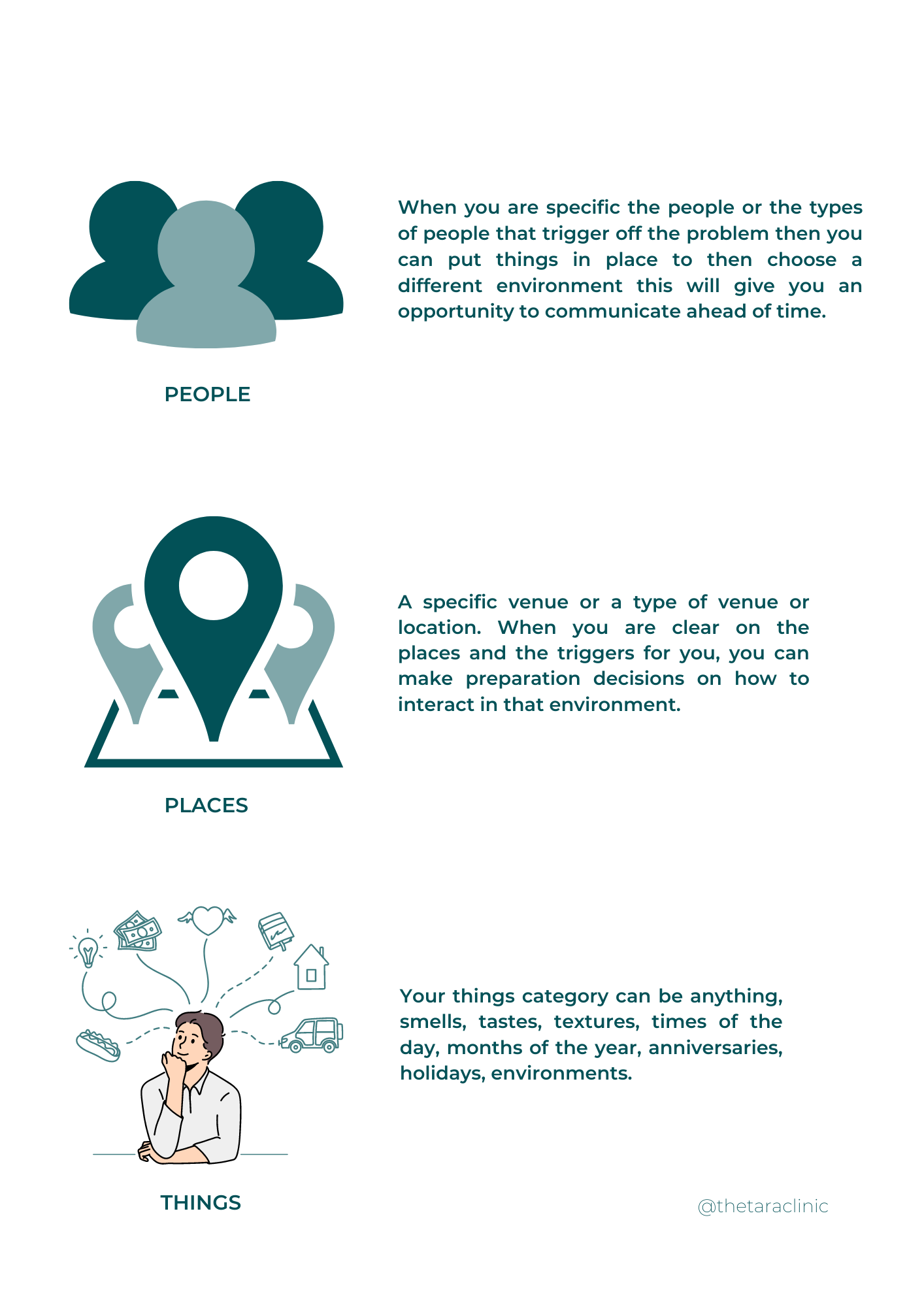
The Illusion of Anticipation
Dec 13, 2022Cravings will feel more intense for you around Christmas time and the science puts it down to anticipation.
December is a month where there is higher expectations for socialising, increased pressure to wrap up work for the year and more accessibility to scenarios that encourage unhelpful behaviour. Research reveals that anticipation of drug availability can have a robust impact on the strength of a craving. When it comes to behaviour such as drug use, porn use, gambling or other unhelpful behaviours, when cues relating to this behaviour are present, the cravings are even greater. This could be a needle, driving past a pub, or an ad on tv related to betting or sexual activity.
Proximity is an even greater factor for strength of cravings. For example, when the time to receiving the drug grows closer as does your desire to consume it. This is seen with chemical levels in the brain whereby when individuals order drugs, their dopamine levels actually peak while waiting for the arrival of the drugs, rather than when doing them. Dopamine is the chemical in the brain associated with pleasure and motivation. This demonstrates there are a number of factors involved in addiction and knowing your triggers is key on getting a handle on your behaviour.
Understanding your triggers, almost allows you to see into the future.
When people are not aware of their triggers they are not able to have a clear understanding of the triggers for the problematic behaviour. Having a clear understanding of your triggers for the problematic behaviour is helpful to navigate away from regular outcomes that you don’t want to experience. Triggers show up as either people, places or things.
What to include in your triggers list:

When you remain unaware of your triggers, you remain in a state of confusion and have a lack of control around your choices. When you take care of yourself before going into a situation that may trigger you, you are going to be able to handle it with strength and approach it on the front foot.
Now is the time to start writing your triggers list!
With the collaboration of the clinical team, this article was written by Olivia Burns.

